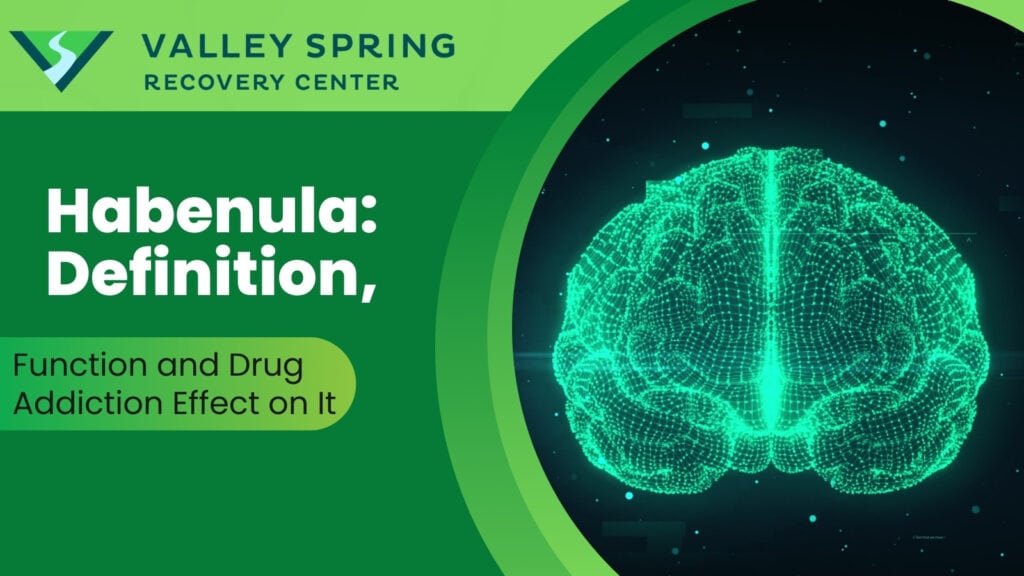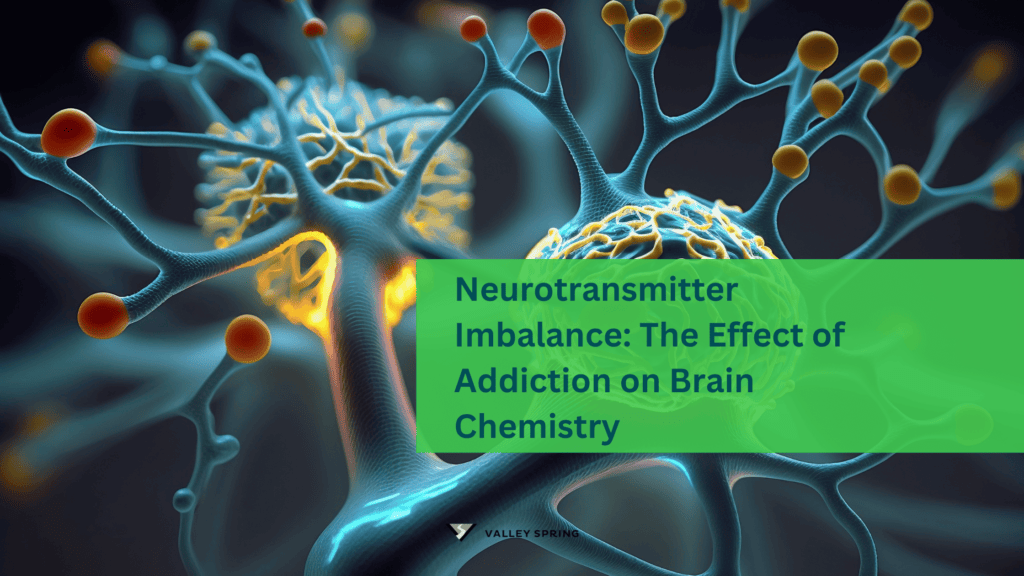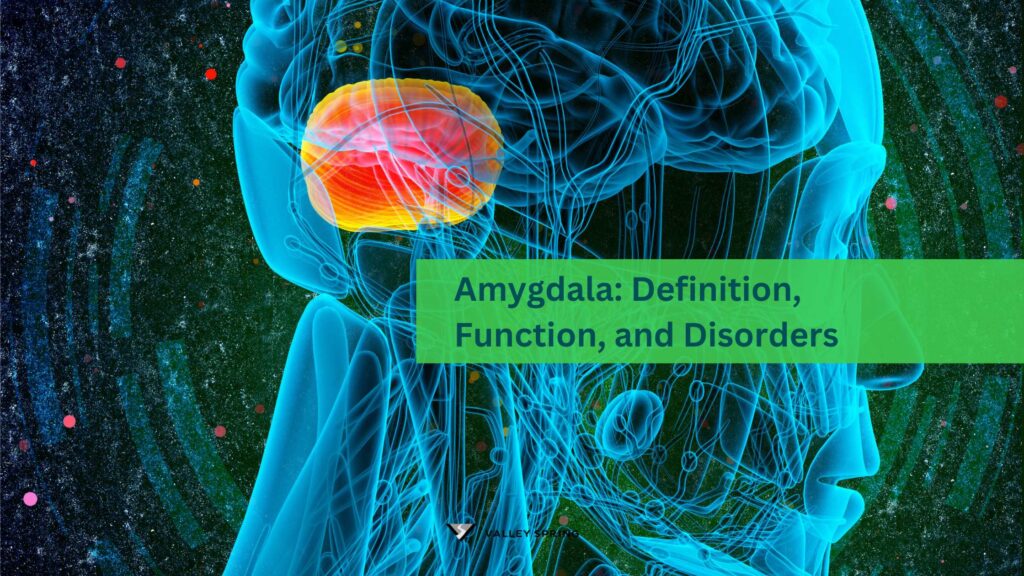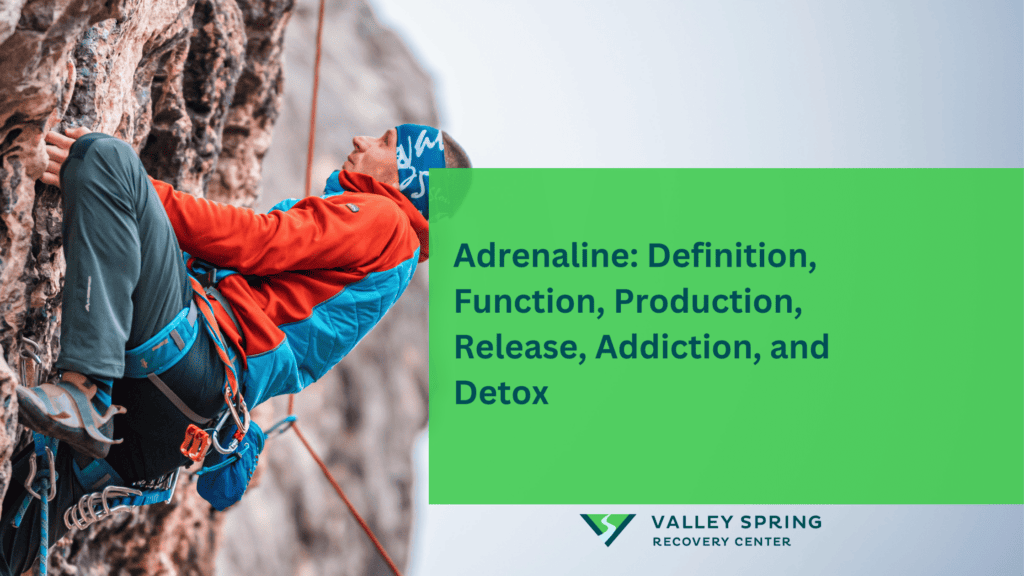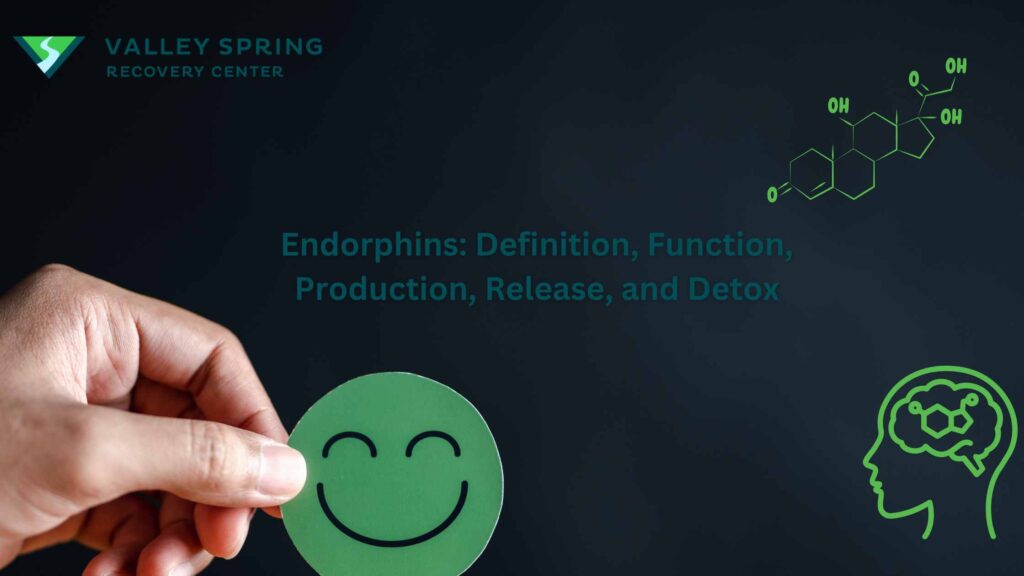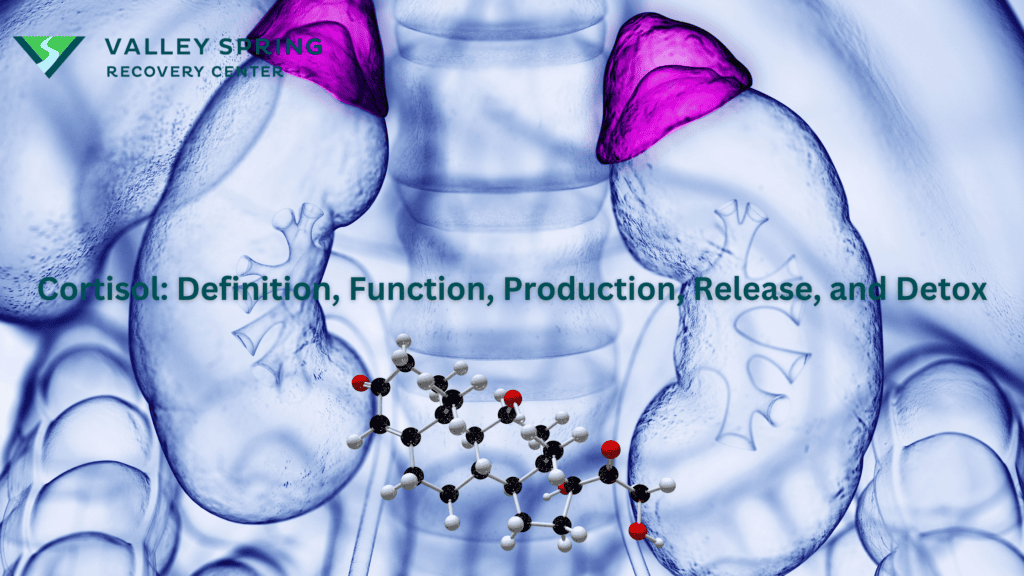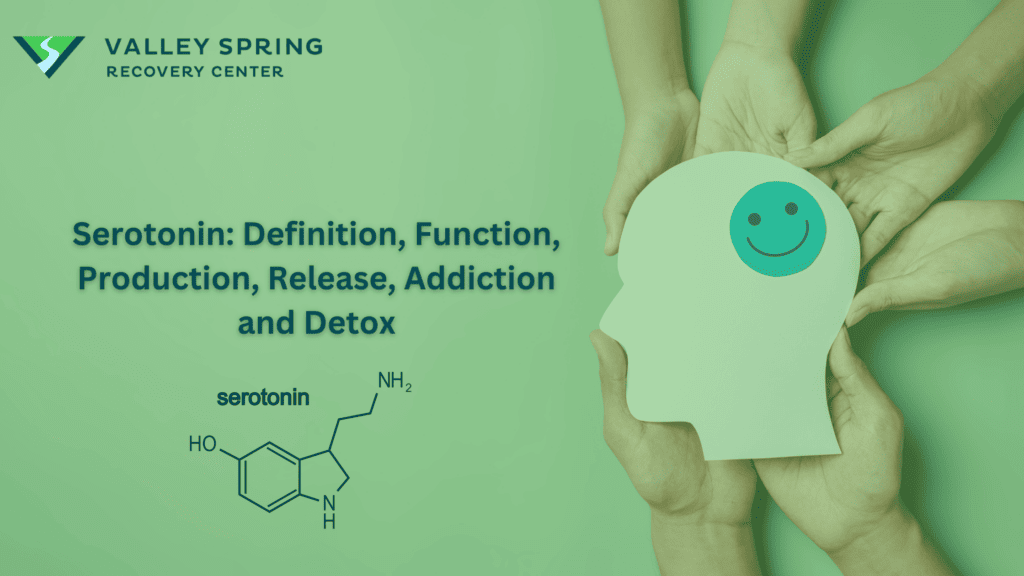The habenula is a tiny, elongated structure within the brain that integrates emotional, cognitive, and motivational processes. The habenula is in charge of reward processing, aversion, dopamine, and serotonin regulation, motivation, and decision-making.
Habit-forming substances affect the habenula by changing reward processing circuits, they increase stress responses and impair decision-making. In addition, they cause neuroplastic changes.
Rehabilitation of substance-induced habenula dysfunction seeks to modulate habenular activity by restoring the balance of reward and aversion circuits. This controls, and manages drug-seeking behaviors and promotes abstinence.
What is The Habenula?
The habenula is a small bilateral structure situated deep within the brain, adjacent to the thalamus, and is regarded as part of the epithalamus, which comprises the habenula, and pineal body,[Hikosaka, O., 2013]. Its name is derived from the Latin word “habenae,” meaning little rein due to its elongated shape, and the control it exerts on the body just like the leather strap on the bridle used to direct horses.
This tiny region of the brain, consisting of medial and lateral nuclei, acts as a crucial relay station between various brain regions, facilitating the integration of emotional, cognitive, and motivational processes. Despite its modest size, the habenula boasts intricate connectivity with several brain regions, including the limbic system, basal ganglia, and midbrain nuclei, underscoring its pivotal role in regulating diverse behaviors and cognitive functions.
A 2014 study by Velasquez, K. M., et al, titled The Role of The Habenula in Drug Addiction holds that the habenula is an important pathway that controls the brain’s response to anxiety, pain, reward, stress, and sleep. Therefore, its dysfunction is strongly linked to substance addiction and addictive behavior.
What Are The Functions of the Habenula
Functions of the habenula in the brain include reward processing, aversion, dopamine, and serotonin regulation, motivation, and decision-making.
The Role of the habenula in reward processing and aversion
Reward processing: This is one of the main functions of the habenula. Research suggests that the lateral habenula, in particular, plays a critical role in encoding negative reward prediction errors, [Proulx, C. D, et al, 2014]. When an expected reward is not received or falls short of expectations, neurons in the lateral habenula become active, signaling a negative prediction error. This signal is then transmitted to dopaminergic neurons in the midbrain, leading to a decrease in dopamine release in target areas such as the nucleus accumbens, which is involved in reward processing. This mechanism helps the brain to adjust behavior in response to negative outcomes and avoid repeating actions that lead to disappointment or dissatisfaction.
Aversion: The lateral habenula has been implicated in processing aversive stimuli and regulating avoidance behaviors. Studies have shown that the lateral habenula is activated in response to aversive stimuli, such as pain or punishment, [Daqing Wang, et al, 2014]. Activation of the habenula inhibits dopamine release in the midbrain, contributing to the avoidance of actions associated with negative outcomes. This aversion-related function of the habenula is essential for guiding behavior away from potentially harmful or unpleasant situations.
Regulation of dopamine and serotonin systems
The habenula is intricately involved in the regulation of dopamine and serotonin neurotransmission, [Hikosaka, O, 2010]. The lateral habenula exerts inhibitory control over dopaminergic neurons in the ventral tegmental area (VTA) and serotonergic neurons in the dorsal raphe nucleus (DRN). By inhibiting the activity of these neurotransmitter systems, the habenula influences mood, motivation, and reward processing. Dysregulation of habenular function has been implicated in various psychiatric disorders, including depression, addiction, and schizophrenia, which are characterized by abnormalities in dopamine and serotonin signaling.
Influence on motivation and decision-making
Motivation and decision-making processes are also influenced by the habenula. The lateral habenula has been shown to encode decision-related information and modulate behavioral responses based on the expected outcomes of different choices. By integrating information about reward and punishment, the habenula helps to guide goal-directed behavior and adaptively adjust decision-making strategies. Dysfunction of the habenula can lead to impairments in motivation and decision-making, as seen in conditions such as depression and addiction.
How is The Habenula Affected by Substance Addiction?
Effects of substances on the habenula include altered rewarding processing, increased stress response, impaired decision-making, and neuroplastic changes.
Altered Reward Processing: The habenula plays a vital role in processing rewards and aversive stimuli. In drug addiction, the brain’s reward circuitry undergoes significant changes due to repeated exposure to drugs, [Graziane, N. M., et al, 2018]. This leads to dysregulation in the habenula’s function, affecting its ability to properly encode and process rewarding experiences. As a result, individuals with drug addiction may find it difficult to derive pleasure from natural rewards, such as food or social interaction, leading to further drug-seeking behavior to compensate for the diminished reward response.
In addition, dysfunctional habenular signaling has been implicated in the development of drug-seeking behaviors and relapse vulnerability. By disrupting the balance between reward and aversion circuits, abnormal habenula activity may contribute to the compulsive drug-seeking behavior characteristic of addiction,[Mathis, V., & Kenny, P. J. 2019].
Increased Stress Response: Chronic drug use disrupts the brain’s stress response system, leading to heightened stress and anxiety levels. The habenula is intricately connected to brain regions involved in stress regulation, such as the amygdala and hypothalamus, [Jacinto LR,2017]. In drug addiction, the habenula becomes hyperactive, contributing to the exaggerated stress response observed in addicted individuals. This dysregulation further perpetuates drug-seeking behavior as individuals may use drugs as a coping mechanism to alleviate stress and negative emotions.
Impaired Decision Making: According to the 2010 study by Hikosaka, O, titled The habenula: From stress evasion to value-based decision-making, the habenula plays a crucial role in decision-making processes by integrating information about reward and punishment to guide behavior. In drug addiction, alterations in the habenula circuitry impair decision-making abilities, leading to maladaptive choices that prioritize drug-seeking and taking behaviors over other important activities. This contributes to the cycle of addiction by reinforcing drug-related behaviors while diminishing the capacity to make rational decisions.
Increased Susceptibility to Relapse: The habenula is implicated in regulating craving and relapse in addiction. Studies suggest that dysregulation of the habenula circuitry may increase susceptibility to relapse by promoting drug-seeking behavior in response to drug-related cues or stressors. Additionally, the habenula’s role in encoding aversive experiences may contribute to the negative emotional states associated with withdrawal, further driving relapse behavior as individuals seek to alleviate these unpleasant symptoms,[Graziane, N. M., et al, 2018]
Neuroplastic Changes: Prolonged drug use induces neuroplastic changes in the brain, including alterations in synaptic connectivity and neurotransmitter signaling, [Clerke, J. A., et al, 2021]. These changes also impact the habenula, leading to aberrant synaptic plasticity and neurotransmitter release patterns. Such alterations perpetuate the cycle of addiction by reinforcing drug-related behaviors and diminishing the brain’s capacity to adapt to non-drug-related stimuli.
How Does Rehabilitation Restore and Balance Habenula Function in Addiction Recovery?
Rehabilitation seeks to restore the balance of reward and aversion circuits, thereby controlling drug-seeking behaviors and promoting abstinence.
Pharmacological interventions: One promising approach involves pharmacological interventions aimed at restoring habenular function. Preclinical studies have identified potential targets within the habenula, including neurotransmitter receptors and signaling pathways, which could be modulated to normalize abnormal activity associated with addiction, [Gold, P. W., 2019].
Neuromodulation: Neuromodulation techniques, such as deep brain stimulation (DBS) or transcranial magnetic stimulation (TMS), offer a non-invasive means of modulating habenular activity in addiction patients, [Germann, J.,2021]. By delivering targeted electrical or magnetic stimulation to the habenula, these techniques hold promise in alleviating withdrawal symptoms, reducing cravings, and improving treatment outcomes.
Cognitive-behavioral therapies (CBT): Behavioral interventions that target the habenular circuitry hold potential in addiction therapy. Cognitive-behavioral therapies (CBT) aimed at modulating aversive learning processes and enhancing decision-making abilities could complement pharmacological and neuromodulatory approaches, providing a holistic approach to addiction treatment.
How long does it take to restore habenula function during addiction recovery?
The timeline for restoring habenula function in addiction recovery can vary depending on various factors, including the severity of addiction, individual differences, and the effectiveness of treatment interventions. While some individuals may experience improvements in habenula function relatively quickly, others may require more time and intensive interventions. Generally, addiction recovery is considered a long-term process, and restoring habenula function is part of the broader goal of achieving sustained sobriety and improved quality of life.
Are there any risks or side effects associated with interventions targeting the habenula?
While interventions targeting the habenula help in addiction recovery, there may be potential risks and side effects associated with certain approaches. For example, pharmacotherapy may be associated with adverse effects such as nausea, insomnia, or mood changes.
Neurostimulation techniques may cause mild discomfort or transient headaches. It is essential for healthcare providers to carefully assess the risks and benefits of each intervention and monitor individuals closely for any adverse reactions.
How can individuals support habenula function during addiction recovery?
In addition to receiving professional treatment, individuals can take proactive steps to support habenula function during addiction recovery. This includes:
- Engaging in activities that promote positive emotions and natural rewards, such as exercise, hobbies, and socializing.
- Practicing stress-reduction techniques, such as mindfulness meditation, deep breathing exercises, and progressive muscle relaxation.
- Maintaining a healthy lifestyle, including regular sleep patterns, a nutritious diet, and avoiding substance use.
- Seeking support from peers, family members, and support groups to navigate challenges and reinforce positive behaviors.
Can habenula dysfunction be a barrier to successful addiction recovery?
Yes, habenula dysfunction can be a significant barrier to successful addiction recovery. Dysregulation of the habenula can contribute to persistent negative affective states, such as anxiety, depression, and anhedonia, which increase the risk of relapse and hinder the effectiveness of treatment interventions. Addressing habenula dysfunction as part of addiction recovery efforts is crucial for enhancing treatment outcomes and reducing the likelihood of relapse.
How does the habenula affect dopamine levels in addiction?
Research indicates that the habenula can inhibit dopamine release. In the context of addiction, when an expected reward (such as the effects of a drug) is not received, the habenula may become overactive, reducing dopamine levels and contributing to negative emotional states. This process could drive further substance use as an attempt to overcome these negative feelings.
Can changes in the habenula lead to addiction?
While the habenula’s exact role in addiction is still being researched, early studies suggest that its abnormal functioning or overactivity might contribute to addiction’s development and maintenance. By affecting the brain’s reward and aversion systems, the habenula could influence an individual’s susceptibility to addiction or their ability to recover from it.
Is it possible to target the habenula in addiction treatment?
Given the habenula’s emerging role in addiction, scientists are exploring the possibility of targeting it for new treatments. However, more research is needed to fully understand its functions and how it can be modulated to help treat addiction effectively.
Does everyone’s brain respond the same way to addictive substances?
No, individuals’ brains can respond differently to addictive substances due to genetic, environmental, and psychological factors. These differences can influence susceptibility to addiction, the severity of addiction, and the effectiveness of treatment strategies.
What can be done to overcome addiction?
Overcoming addiction typically requires a comprehensive approach, including detoxification, behavioral therapies, medication-assisted treatment (MAT), and support from healthcare professionals, family, and support groups. Personalized treatment plans that consider the individual’s specific needs, the substances used, and any co-occurring mental health disorders are most effective.
Dr. Michael Olla
All author postsShare This Post

